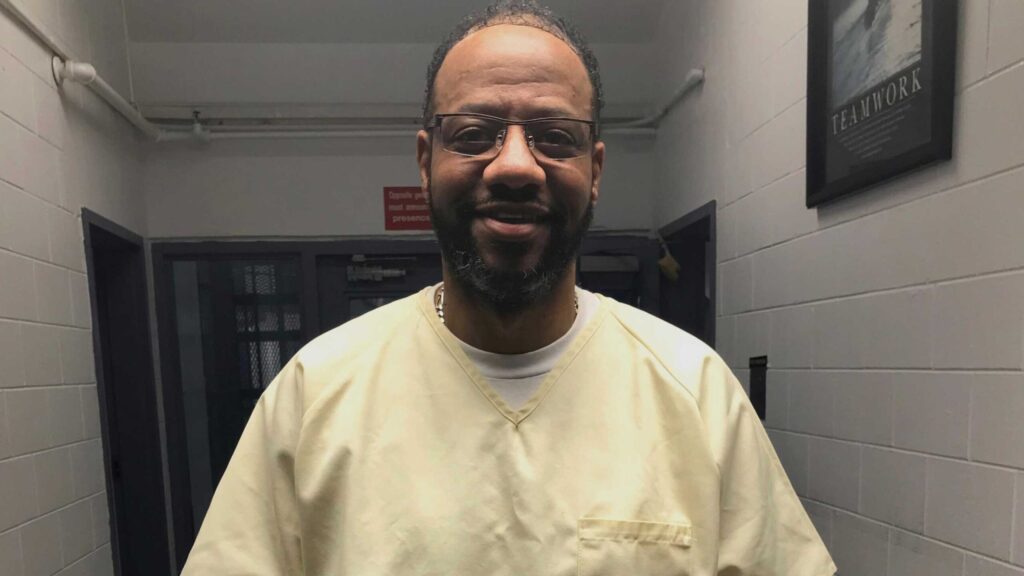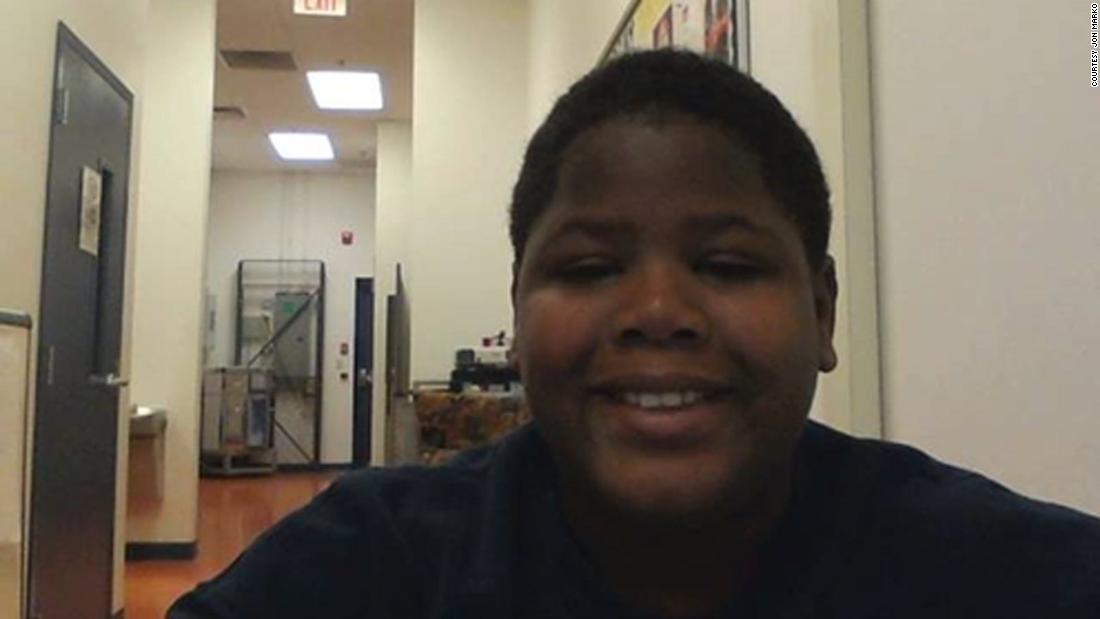On February 16, 1988 Pervis Payne, a Black man, was convicted for the murders of Charisse Christopher and her two-year-old child, Lacie Jo Christopher, in Tennessee. Payne was 20 years old at the time of the incident and he was sentenced to death despite the lack of conclusive evidence proving that he committed the murder.
Despite maintaining his innocence for more than 33 years, Payne’s execution is set for April 9.
According to advocates who are hoping to stop the execution, the details of the Christophers’ murder have never been entirely clear. On June 27, 1987, Payne was allegedly taking substances when he went into his girlfriend’s apartment complex and entered Christopher’s apartment, which was across the hall from his girlfriend’s. The apartment manager heard Christopher yelling at someone to “get out” and when police officers arrived at the scene, they found Payne covered in blood.
Charisse and her two children were found on the floor with multiple stab wounds. Only her son, Nicholas, survived.
Payne and his family have long maintained that he did not kill the Christophers, but instead was trying to help them— and there might be evidence to prove it.
Pertinent information about the case, including the victim’s fingernail clippings, went missing. The state of Tennessee has been unable to account for its whereabouts and investigators are unsure how the evidence disappeared. If tested, the nails might have proven the prosecution’s argument that Christopher had attempted to scratch the unknown murderer.
Payne also had no clear motive to commit the crime. Prosecutors alleged that he was intoxicated and viewing pornographic images before the incident but Payne did not participate in drug-related activities, nor did he have a prior criminal record. Plus, no evidence was ever presented to suggest that he was intoxicated earlier that day or at the time of the crime.
According to the ACLU, 178 Black defendants whose victims were white have received capital punishment compared to just 12 white defendants with Black victims. Despite the stark contrast in numbers, white people make up only around 50 percent of all murder victims, which means the rate at which white and minority defendants are tried and sentenced to death are heavily skewed against the Black community.
The death penalty has a record of targeting people of color without conclusive evidence of their guilt. In 1981 Larry Griffin, a Black man from Missouri, was tried and convicted for murder for a drive-by shooting and sentenced to death. He maintained his innocence until the day he was executed in 1995. Afterwards, a victim of the shooting testified that Griffin was not involved and an officer who was on the scene gave testimony that discredited the only witness account that had alleged Griffin as the shooter.
In the case of Payne, race has proved to be an obstacle throughout his trial and he has been used to portray him as a hyper sexual, substance-abusing criminal. The narrative around Payne has likely contributed to the substance abuse narrative which has, in turn, led to the harshest sentence of all.
You can help demand justice for Payne by signing this petition.





